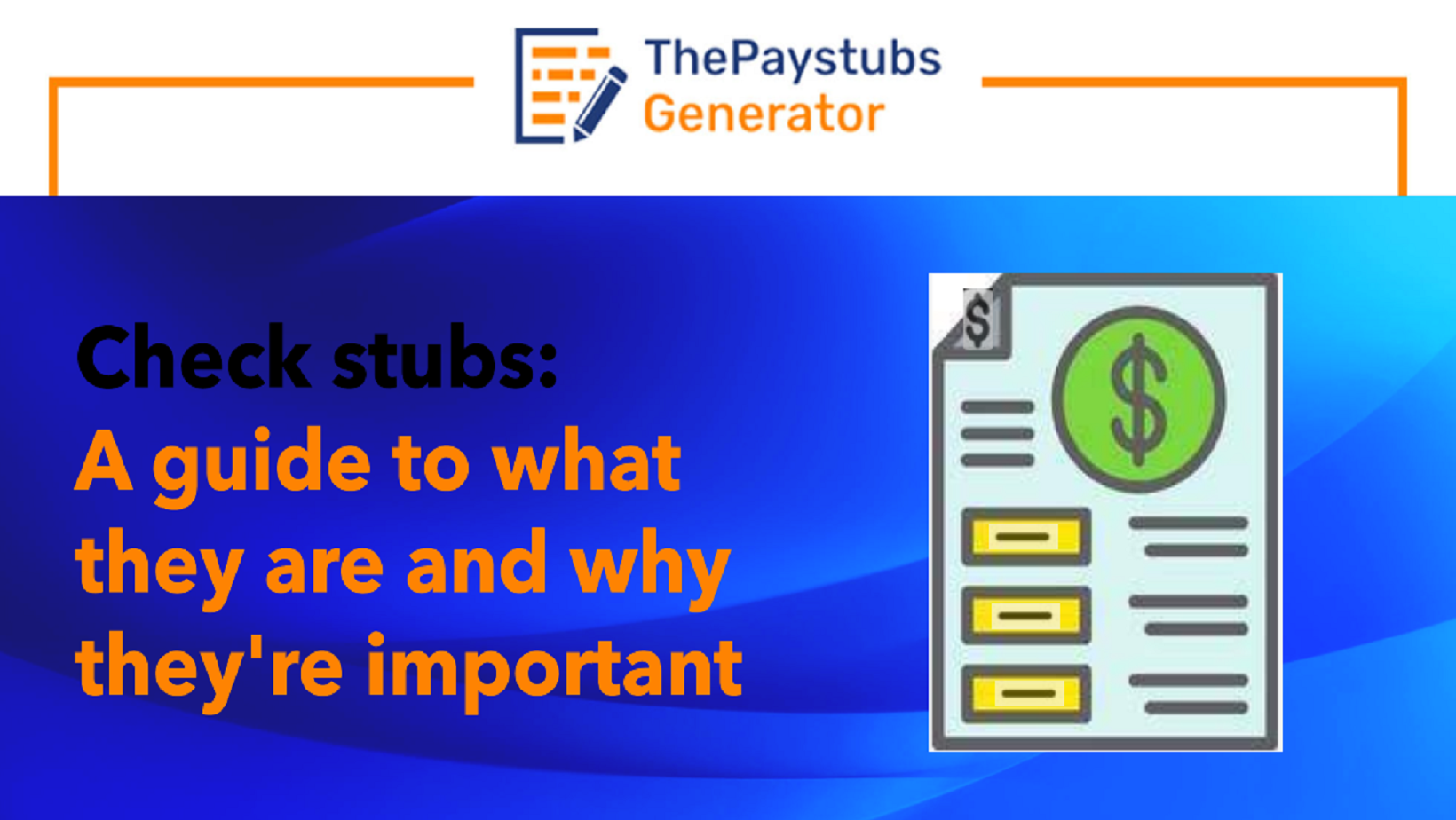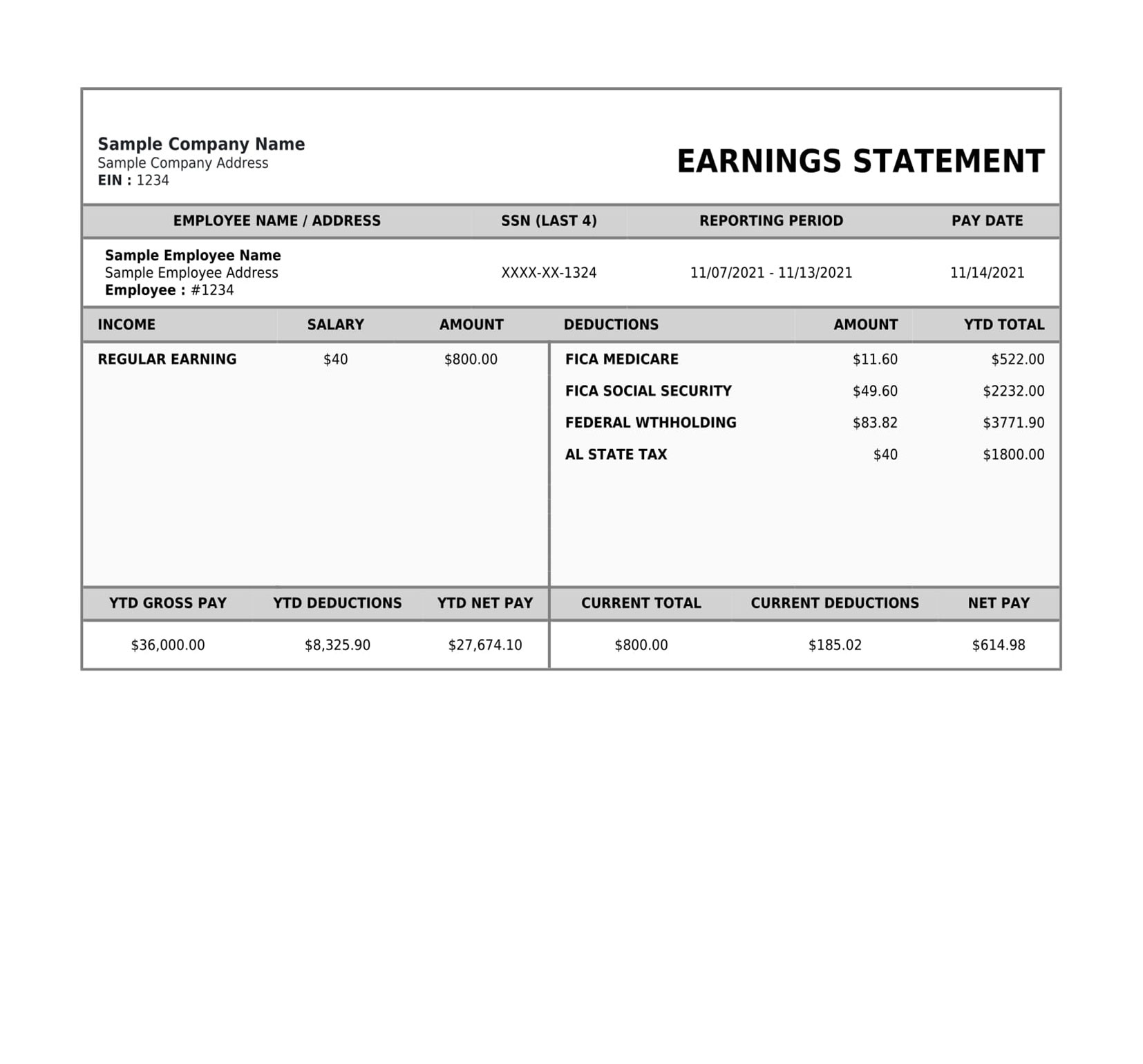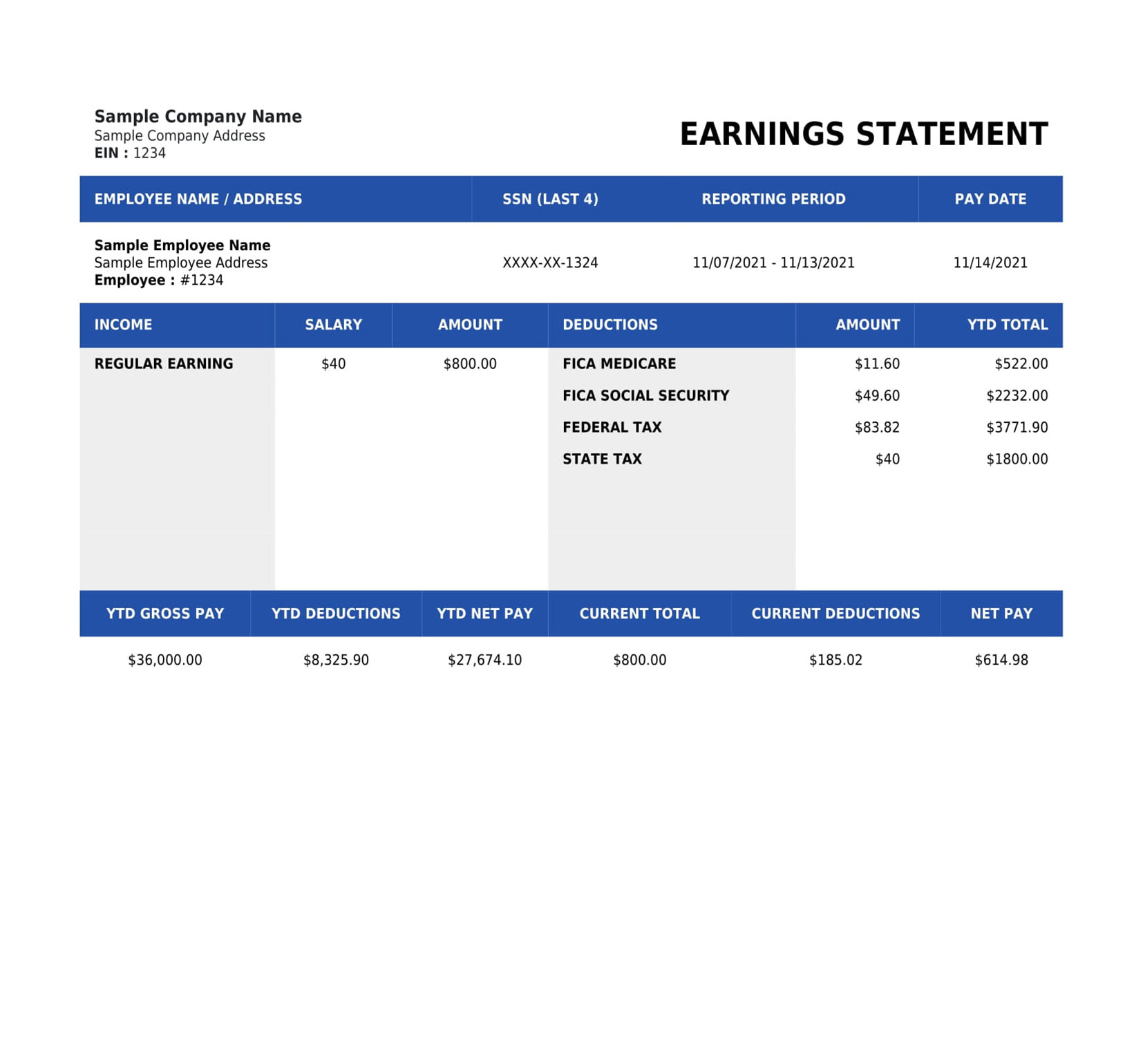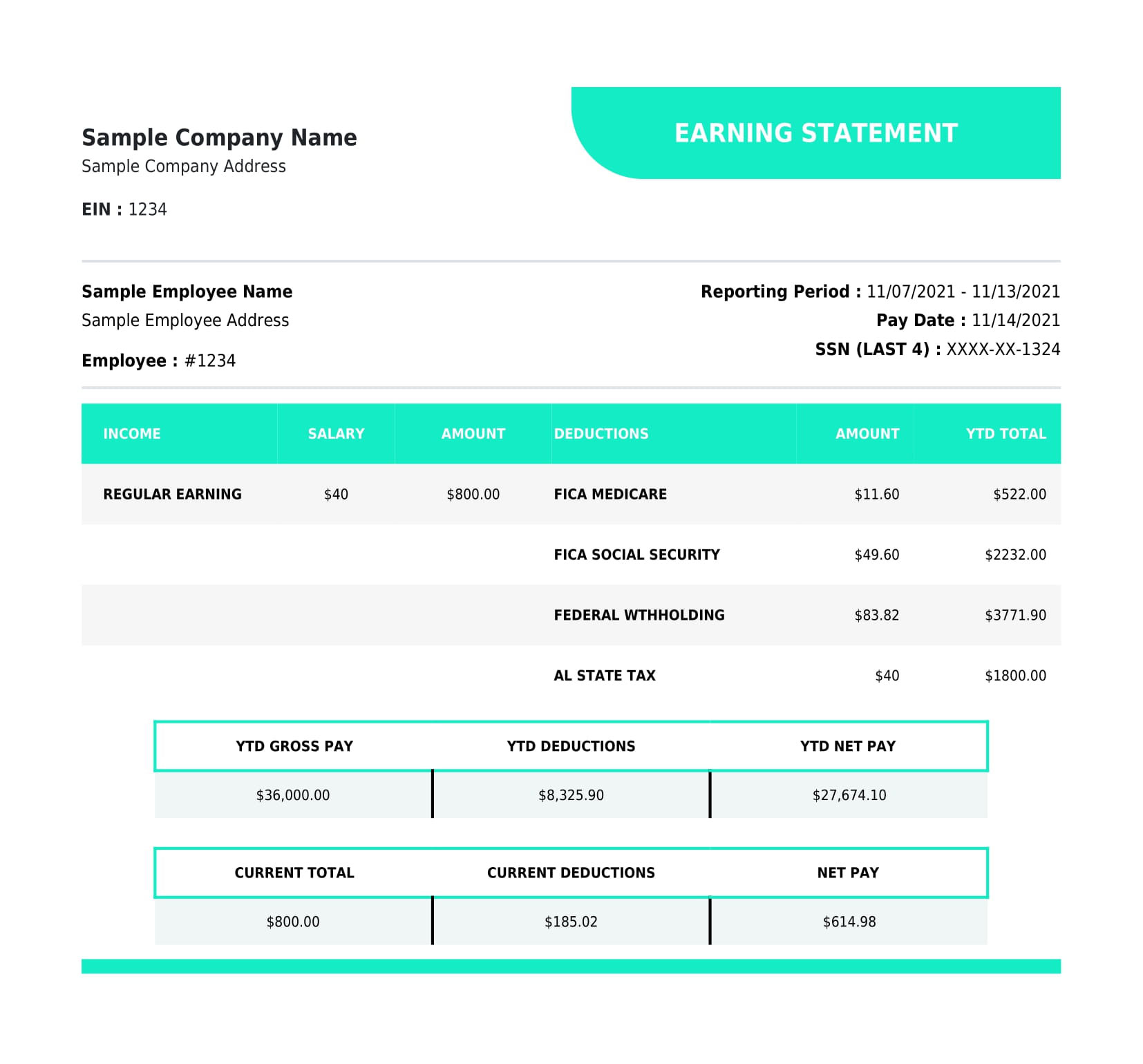
A check stub is a tear-off portion of a check that contains information about the check. It is important to keep check stubs for several reasons. First, check stubs can be used to track spending and to reconcile bank statements. Second, check stubs can be used as proof of payment and for tax purposes. Third, check stubs can be helpful to resolve disputes with creditors or banks.
Here are some of the benefits of using a check stub:
- Track your spending: Check stubs can help you track your spending by providing you with a record of all the checks you have written. This can be helpful for budgeting and for identifying areas where you may be able to cut back.
- Reconcile your bank statements: Check stubs can help you reconcile your bank statements by providing you with a record of all the checks that have cleared your account. This can help you identify any discrepancies between your bank statement and your checkbook register.
- Prove payment: Check stubs can be used as proof of payment for goods and services. This can be helpful if you need to dispute a charge or if you need to file a tax return.
- Resolve disputes: Check stubs can be helpful to resolve disputes with creditors or banks. For example, if you are charged for a service that you did not receive, you can provide the creditor with a copy of your check stub as proof of payment.
Here are some tips for using a check stub:
- Keep your check stubs in a safe place: Check stubs should be kept in a safe place where they will not be lost or damaged. You can keep them in a checkbook register, in a file folder, or in a safe deposit box.
- Write a memo on each check stub: On each check stub, write a brief memo that describes the transaction. This will help you remember what the check was for and it will also be helpful if you need to dispute a charge.
- Reconcile your bank statements regularly: Reconcile your bank statements regularly to ensure that your checkbook register is accurate.
FAQ
What is the difference between a check stub and a pay stub?
A check stub is a tear-off portion of a check that contains information about the check. A pay stub is a document that provides information about an employee’s earnings and deductions.
What should I do if I lose a check stub?
If you lose a check stub, you should contact the bank that issued the check. They may be able to provide you with a copy of the check stub.
Can I use a check stub to prove my income?
Yes, you can use a check stub to prove your income. However, some lenders may require additional documentation, such as a tax return or a W-2 form.
How do I dispose of check stubs?
You should dispose of check stubs securely. You can shred them or cross-cut them before throwing them away.
How long should I keep check stubs?
The general rule of thumb is to keep check stubs for at least seven years. This is because most financial institutions and credit bureaus will keep records of your financial activity for seven years. However, you may want to keep check stubs for longer if you have any outstanding debts or if you are planning to file a tax return.
Conclusion
Check stubs are an important part of your financial records. They can be used to track spending, reconcile bank statements, and prove payment. Be sure to keep your check stubs in a safe place and to dispose of them securely when you are finished with them.






